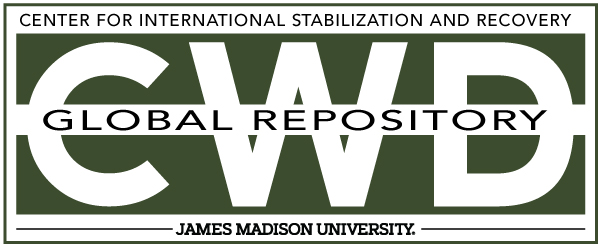Document Type
Article
Creative Commons License

This work is licensed under a Creative Commons Attribution-Noncommercial-No Derivative Works 4.0 License.
Publication Date
Winter 1-1970
Keywords
Risk Education, Bosnia, Bosnia and Herzegovina, UNICEF, centers and organizations, mine action, 2007, Russell Gasser, Almedina Music
Abstract
Bosnia and Herzegovina (BiH) is heavily contaminated with landmines and other explosive remnants of war (ERW). There are also significant problems with small arms and light weapons (SALW), both in terms of vast unused stockpiles of weapons, ammunition and explosives - some of which is in very poor condition - and also illegal weapons ownership by an estimated 16% of the total population. A Landmine Impact Survey (LIS) in 2002-2003 revealed that about 4% of the land area and over 1300 communities were affected by mines and UXO. Clearance has been coordinated by the BiH Mine Action Centre (BHMAC) and has made progress, but has only managed to address a small percentage of the contaminated land area so far. Since 1996 UNICEF has supported mine risk education (MRE) in Bosnia and Herzegovina (BiH). The BHMAC, with support from UNICEF, has developed a sophisticated community-based mine risk analysis and mine action planning system. UNICEF has undertaken capacity building and provided funding and technical assistance to the BHMAC, local institutions and local and international non-governmental organisations. Mine and UXO casualties in BiH have steadily decreased in the last ten years. All recent casualties are due to adult men intentionally entering mined areas due to economic necessity. There were no child casualties in 2006 or so far in 2007. It is reasonable to assume that good quality MRE will tend to reduce casualties. The evaluation consisted of document analysis, field visits to affected communities and a feedback meeting with key stakeholders in Sarajevo.
Included in
Defense and Security Studies Commons, Peace and Conflict Studies Commons, Public Policy Commons, Social Policy Commons



